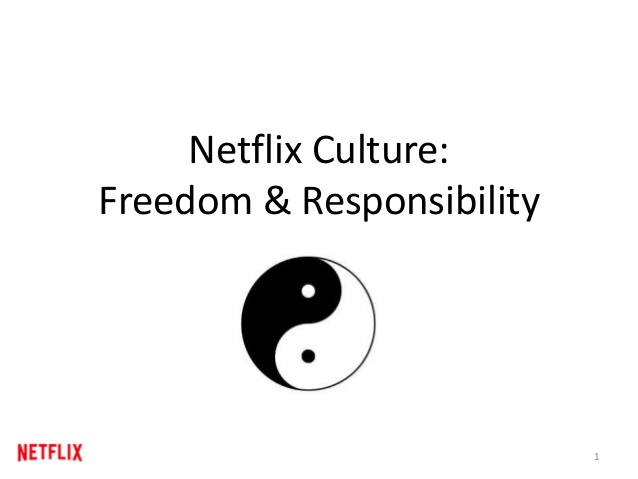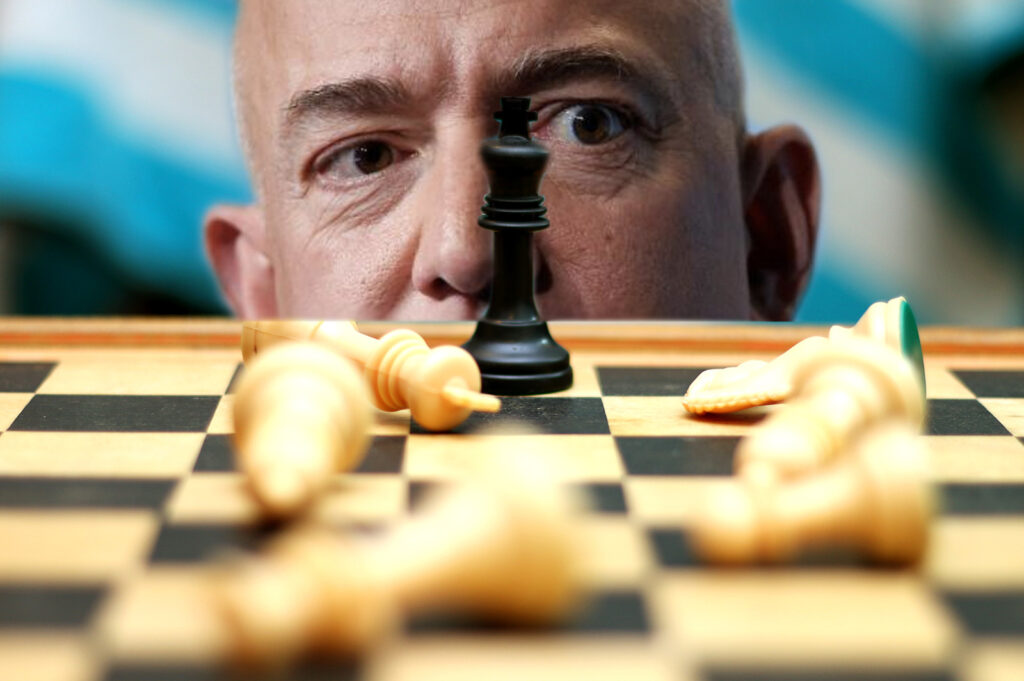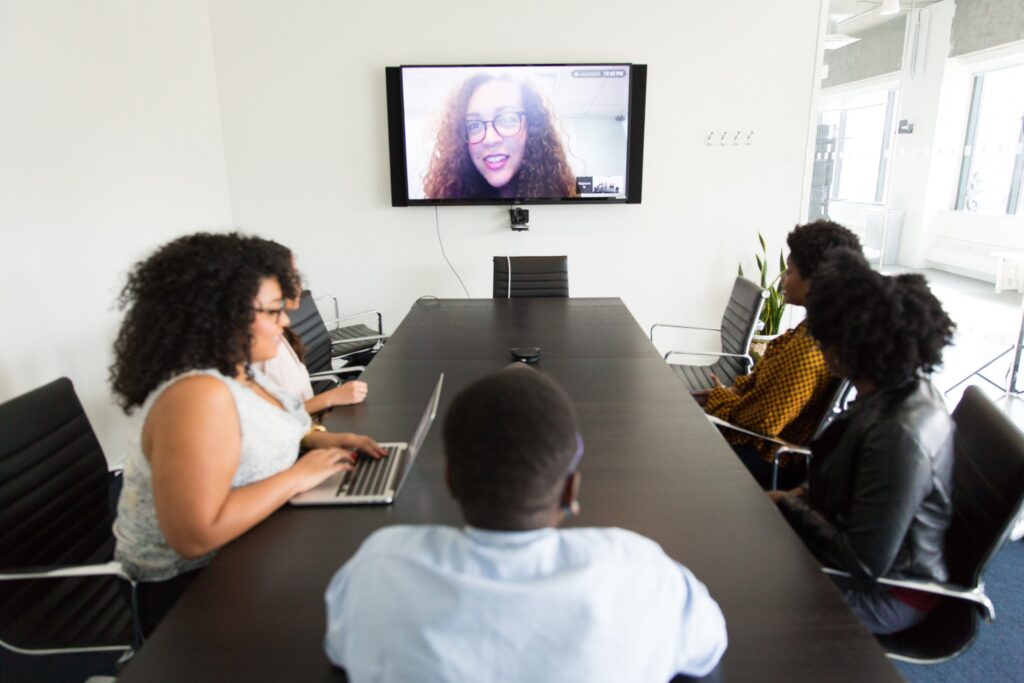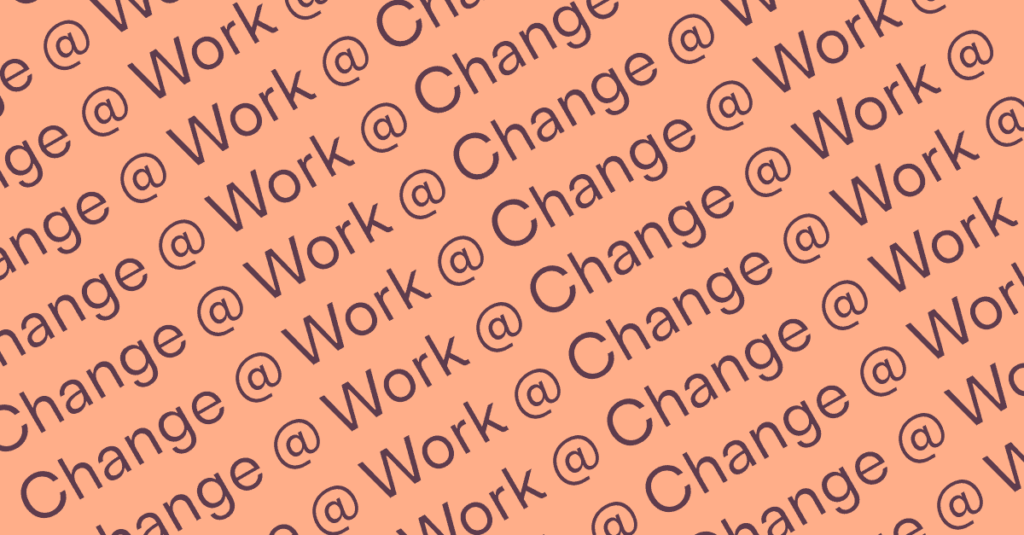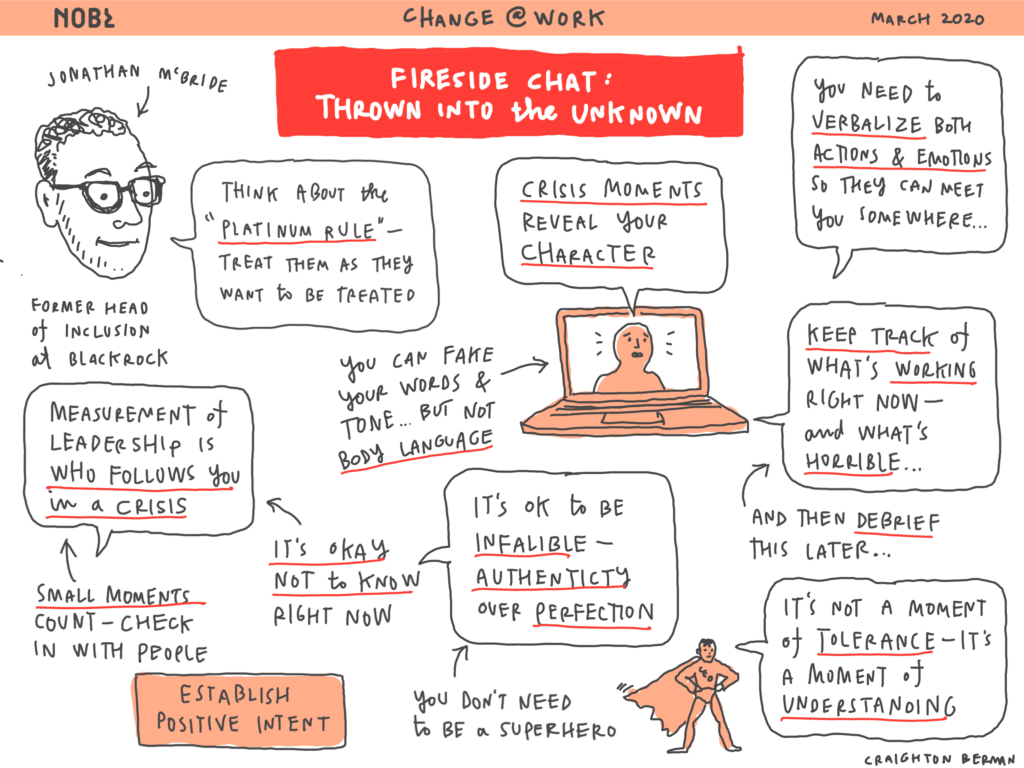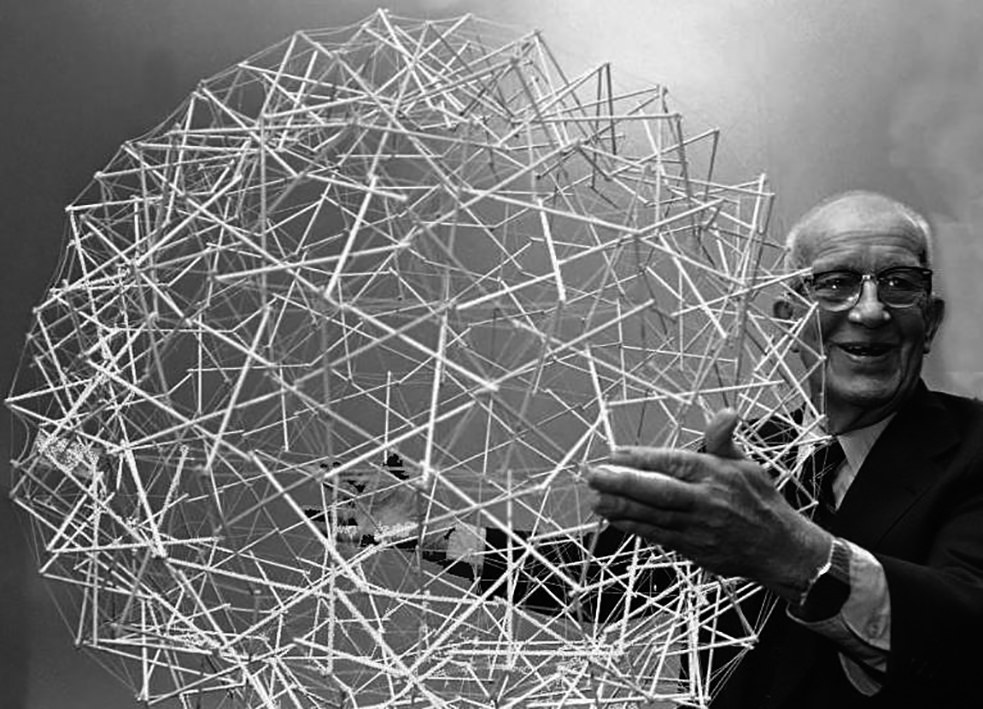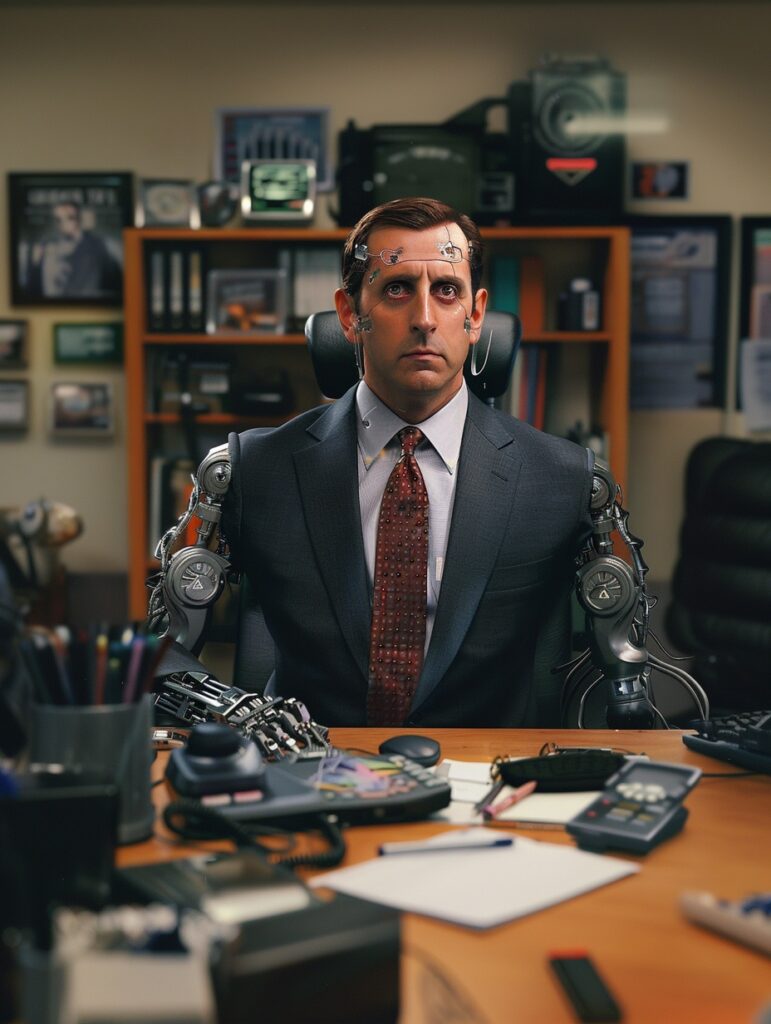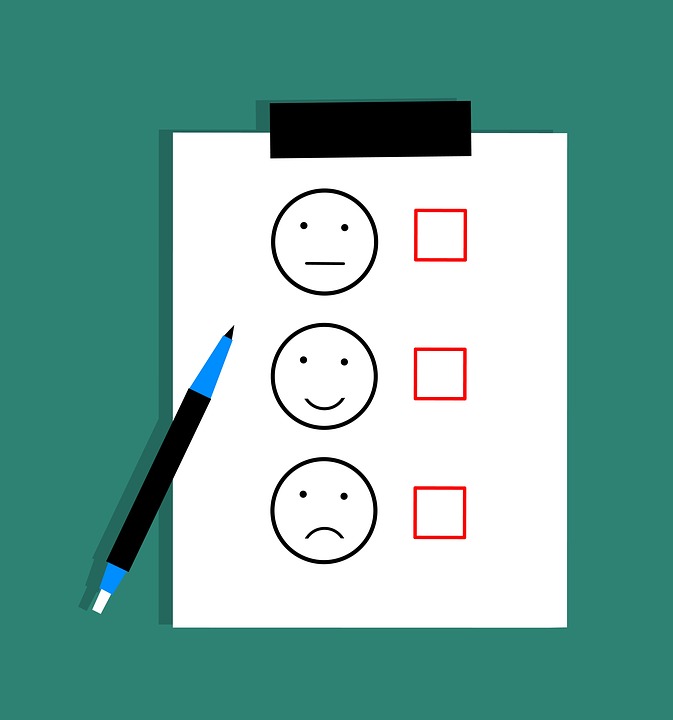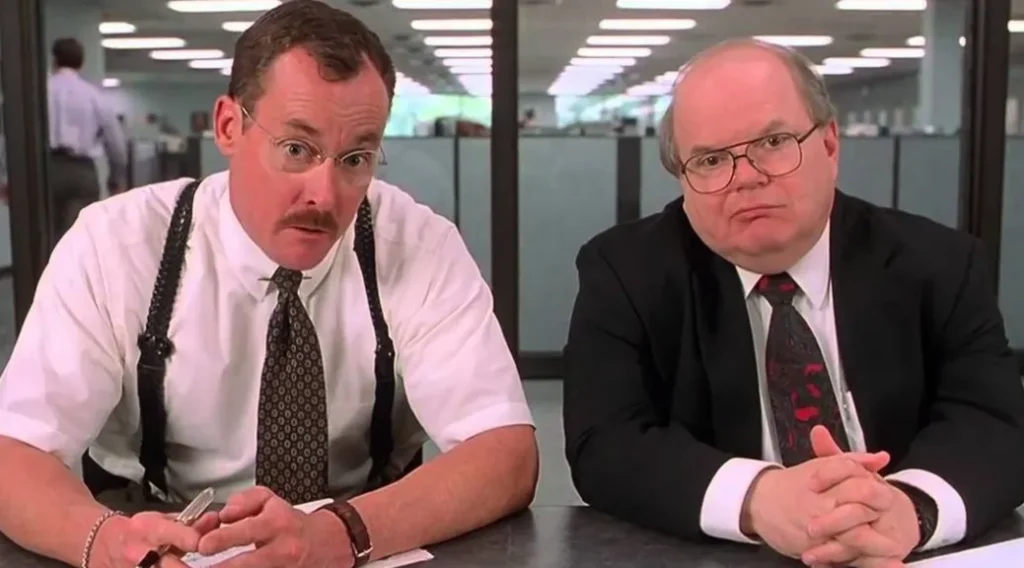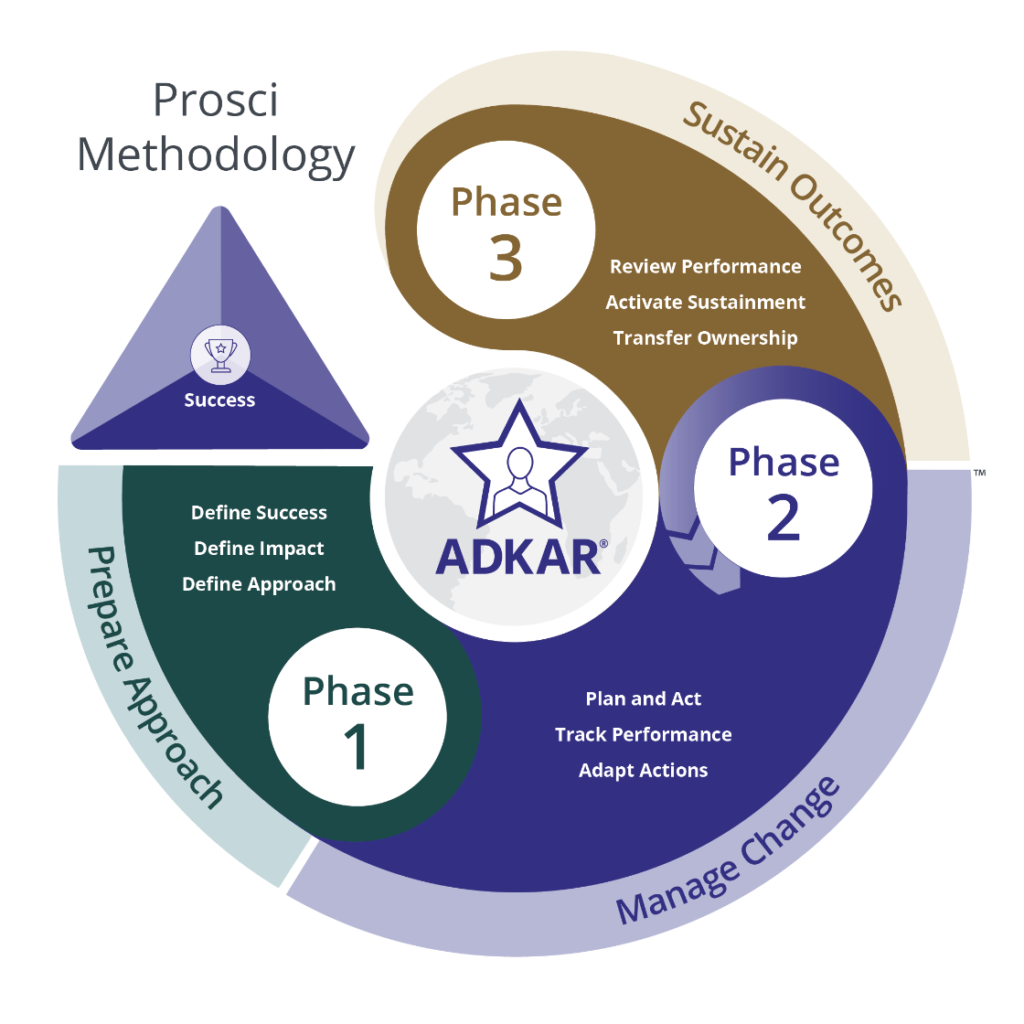Organizational change
The early stages of transformation are fraught with conflicting signals and feelings, but within that turmoil lies an opportunity for profound self-reflection and growth
This "cheat sheet" aligns leaders on the changes they want to see in their teams and serve as a communication tool for the organization at large
The six assumptions popular change models make that actually delay change
Even when change is for the best, it still entails loss. Help your team navigate by identifying what types they're most likely to experience.
The deadline for any organizational change can feel like "yesterday." We took a look at notable turnarounds to help you compare to the challenges you and your teams may be facing.
An in-depth look at what prevents change within organizations and why it's time for a new approach
Change can be tough to pinpoint. It’s constant, but its effects can appear instantaneously, take time to become evident, or even give contradictory signals. For leaders in any size enterprise, it can feel nowhere near as concrete a measurement as, say, testing the placement of a button on a website, or getting a thumbs up […]
Organizational metaphors can influence how leaders think of, and implement, cultural change
Each model has its own value and strengths, but they also contain assumptions that don’t reflect the true nature of organizational and cultural change.
Slogans won't drive real change. Instead, define the key observable behaviors you want to see from your team.
Deciding what to change, first, can determine whether a large-scale transformation succeeds or fails
Some resistance to change is normal—but if change feels too disruptive or like it's stalling out, leaders may need to reassess.
Change management has traditionally been limited to leadership—but modern organizations need everyone involved to succeed
How much change can one person make in a huge organization? Enough to make a difference.
If teams believe they don't have the right to make decisions about how they work, they won't feel responsible for making change
While setting overly ambitious goals may seem fairly innocuous, it can actually demotivate teams and compromise other standards
If left unaddressed, change fatigue can lead to exhaustion and turnover within your existing workforce, as well as cynicism
When leaders act as if change is for other people—when they think they don’t need to modify their behavior—they can put an entire change program at risk
How to respond when people believe the status quo is functioning as it should—and if others can't hack it, it's their fault
This often misunderstood concept is critical for navigating disruption and uncertainty
Use the SCARF model to diagnose why even asked-for changes are being undercut
Don't assume "wartime leadership" is automatically required—reflect on what your organization needs, and how you're showing up
Some of the most important lessons we’ve learned partnering with world-renowned companies going through organizational culture change
If your organization is going through rapid change, you need change co-pilots and champions at every level of the organization
An in-depth look at the factors that lead to failure, and how individuals can work together to build safer, more resilient cultures.
Organizational transformation is the process of aligning its organizational culture (how employees work together) with its strategy (the trade-offs the company is willing to make to achieve its goals).
Overcoming skepticism is often the biggest challenge that organizations face—but together, change is possible
Across the world, organizations are reckoning with who they must become when there is some form of return from the pandemic; triggering a global need for culture change support and guidance
Classifying your environment can help decide how your organization should respond—but watch out for these biases
To deliver meaningful change, NOBL developed its own approach to organizational change management
While there are many barriers to change, a shared belief that change is impossible can torpedo any chance at transformation. But together, change is possible. Teams and organizations have proven it over the last year.
Understanding what culture is, is the first step towards designing one that works across locations
The nature of work is dramatically changing due to forces like technology and inclusion. Workplaces ignore these forces at their own, and often public, peril.
Kahneman and Tversky's prospect theory explains why creating a story of change that details its benefits helps overcome resistance to change
Simple guidelines to start discussing change with your team
A "change map" provides much needed perspective in the middle of a change process
If we want to build back better and foster greater organizational resilience, we must first define what “better” means, for whom the changes are meant, and how to begin.
It's the next frontier of design thinking—and it can completely change how your organization operates
Not everyone responds to change the same way. By understanding individuals' openness to change, you can focus your efforts on the right people, and more rapidly win converts to your cause.
Organizational change is really just individual behavior change at scale. When lots of people choose to work differently, change is inevitable.
Whether you report to one, manage one, or are one, the middle manager is often a thankless role within the organization. They have to deal with the “relentless and conflicting” influx of demands, serving as gatekeeper between senior and junior levels. And while they’re meant to have autonomy over their direct reports, they often get stuck enforcing decisions made by those above them.
How do you keep people moving forward with change, week after week? And while it’s one thing to acknowledge the fact that organizations must constantly change, how do you get the people actually doing the work comfortable with constant change? We usually have a step-by-step guide for you, but today we’re giving you one simple rule: think dolphins, not whales.
What nobody tells you about leading change
The fundamentals of starting a major transformation in six months
Introducing three new tools to help leadership teams define and align on an integrated AI strategy
Organizations desperately need a new framework for navigating change that recognizes they’re experiencing radically new conditions.
There’s a lot being written about Elon Musk and Twitter right now, but I wanted to address his leadership, what’s happening with leadership in general right now, and my own thoughts on continuing to use the platform.
Cultures that avoid conflict lead to both individual and collective detriment—change can only come when issues are out in the open.
Trust can be repaired, but it's not easy—and there's no one process for every scenario. We examine different methods for rebuilding relationships with your team based on Nonviolent Communication, Restorative Justice, and other established practices.
Recently, someone asked us a simple question with no simple answers: "How should you restructure a global organization?"
Org Design services may seem costly now, but without a focus on how your teams work best together, the results may ultimately be far more expensive. Moreover, now is an opportunity to hone OD as a competitive advantage in your market while your competitors are unaware of the opportunities and still question the returns.
Best Buy's turnaround emphasizes the importance of staying positive and encouraging employees to get the momentum going: start first, obsess over strategy later.
Taking the time to define your organization’s core values can seem like a distraction, but it may be one of the most important decisions you make as a team.
How to get your change back on track
Why so many organizations fail—repeatedly—to implement OKRs, and how targeted interventions can get better results
We need ambitious, empathetic leaders involved in office politics—because the alternative is worse
87.5% of organizations fall short of their digital transformation goals. Avoid these pitfalls and move from laggard to leader.
Change your organization's approach to strategic planning by learning from Amazon
Why up to 75% of organizations fail to implement their strategic plans—and what you must change to help yours succeed
Modern leadership isn’t one type of leadership; it must be a blend of approaches
Experts share their advice on assessing an organization's readiness for change from the outside
Uncertainty and continuous change mean a new approach to business transformation is required for organizations to survive in the 21st century
Without a set of clear expectations, shared accountability on new teams is almost impossible and conflicts may rapidly fester into cultural schisms
A “good culture” isn't good enough. Organizations must align their strategy and their culture to retain their competitive advantage
Leaders are understandably concerned about the impact of remote work and hybrid work on company culture: how will new employees learn established ways of working if they’re not sitting next to each other? How can you foster loose ties between employees if they’re no longer running into each other in the office? And how can […]
As leaders, we must coach our teams through the stress and uncertainty while grappling with those same issues ourselves.
Five core elements will determine how your team is structured and how they approach the work.
Building trust on teams requires leaders to understand what influences people's willingness to trust, as well as what makes leaders trustworthy
Teams need forums to spread new ideas and ways of working
"Uncertainty" and "risk" are different—and require different responses to navigate
Organizations need a modern approach to long-term strategic planning: one that increases agility and endurance for ongoing change
Getting to know your team requires intention, time, and flexibility—especially in a virtual workplace
A collection of data and reporting from credible third-parties that paints the picture of the most tumultuous year of work in recent U.S. history
A craftsperson is someone who practices a trade or discipline with the ultimate goal of mastery. Anyone, in any discipline, can be a craftsperson if they so choose. Each and every one of us has the capacity to do good work of some kind.
Stay focused on what you can impact and actively manage the attention you spend on what you can't control
Listening is how employees evaluate their leaders— "Do you value my concerns? Are you open to changing how we work?"
To better adapt after an adverse experience, invest time now in fostering trust and positive shared experiences with your team
To survive in a VUCA environment, we must re-conceptualize organizations and leadership
To former Head of Inclusion and Diversity Jonathan McBride, crises can actually be freeing—it's no longer "business as usual"
Amazon's unique annual planning process incentivizes leaders and teams to think big while supporting cross-divisional goals
Big consulting is taking a beating these days in culture. And, frankly, it’s long overdue.
Product/market fit was a term coined by Marc Andreesen and defined as, “being in a good market with a product that can satisfy that market.” Culture/market fit is similar, yet even more foundational. Find yourself a healthy market, yes. Then develop a culture that can deliver product/market fit.
It can be difficult to give order to the mess that is an organization. After all, business is the commercialization of human interaction and well, people are messes of complexity. Our tool, the Org Charter, helps make sense of all that complexity.
There are lots of group decision-making models. Explore each and find one that works well for your group's needs and circumstance.
The interviews are done, the offer letter signed—you can’t wait to start your first day as the new leader of a team. But before you charge in with your undoubtedly brilliant plan, have you reflected on how to best introduce yourself to the team?
"Culture" has been seen as too soft, too fuzzy, too threatening of a word to use outright. It's time to embrace it.
Business, any business, is just the commercialization of human relationships. Yes, you’re building a product, but you’re actually foremost building a group of people that can work together to produce a product.
Effective leaders must steer into the uncomfortable feelings of teaching people things they themselves are just learning. Many of us hesitate to learn skills as we climb the ladder because we might be seen as ignorant or unexperienced, but the worst leader is a leader who thinks they are done learning.
Your boss will likely be replaced, to some extent, by an algorithm. Might that be better?
When we work with large enterprises, we sometimes confront cultures of “No.” Not the strategic “no”, not even the occasional “no”, but a reflexive “no.” An automatic and unconscious rejection of new ideas and new approaches.
Employee burnout can lead to underperformance. If you spot signs of burnout in your employees, try identifying new ways to re-energize and motivate the employee—especially if that employee is you!
Engagement scores haven't budged in 20 years—maybe it's time to look at other metrics
Every leader faces a moment where the way you organize your teams feels either like your biggest barrier or biggest opportunity. Before you rush into drawing new boxes, reflect on how the way you divide people and resources impacts your strategy.
Today’s most successful firms have discovered a new way of working that enables them to thrive in dynamic and even volatile conditions. The ability to change is their competitive advantage. We call this The Evolutionary Edge.
We work with your own internal specialists to accelerate transformation
Other consultants leave you with a deck of "best practices"—we do the hard work of making real change
Prosci's model has power, but its simplicity limits its effectiveness



















































